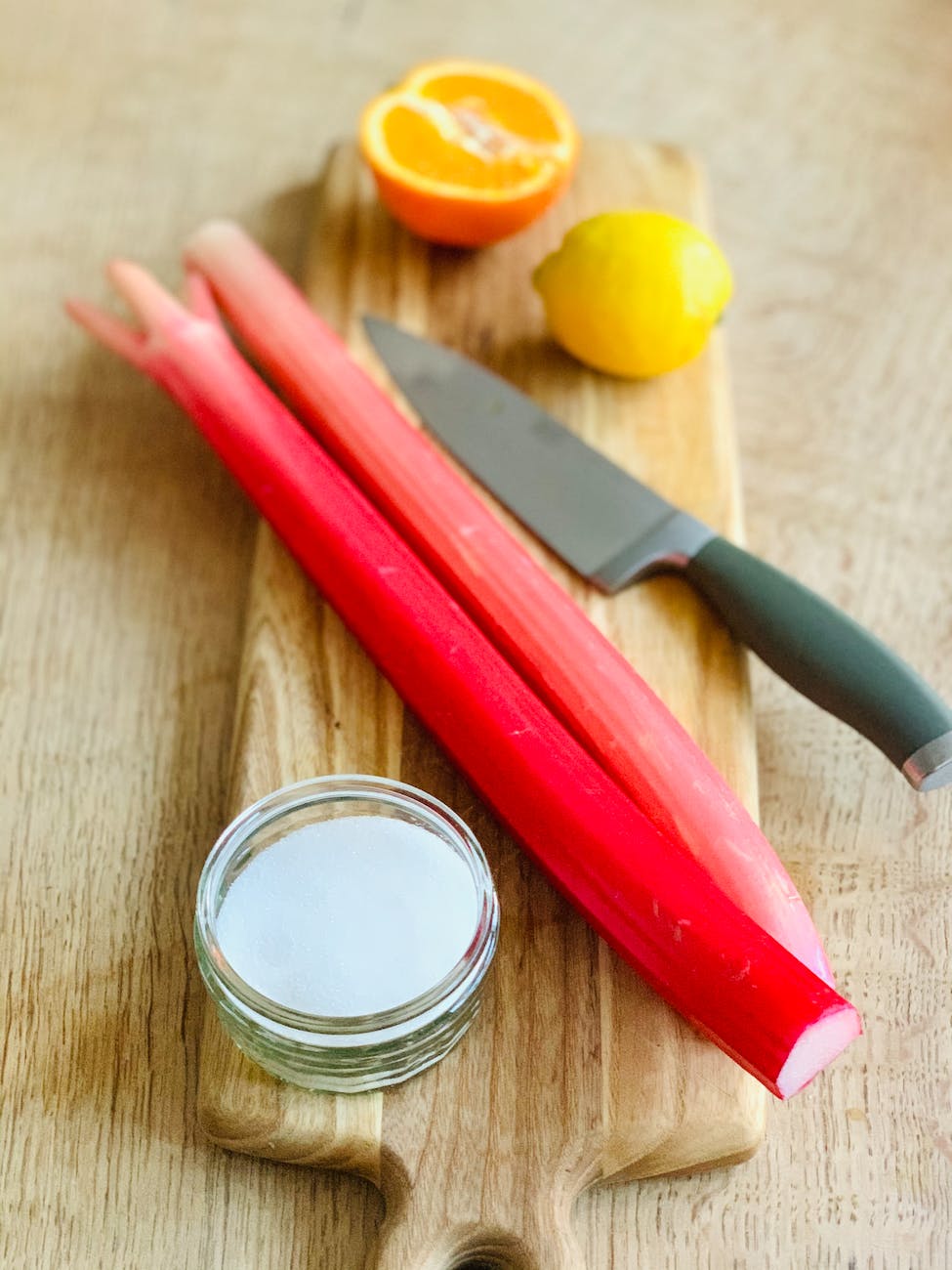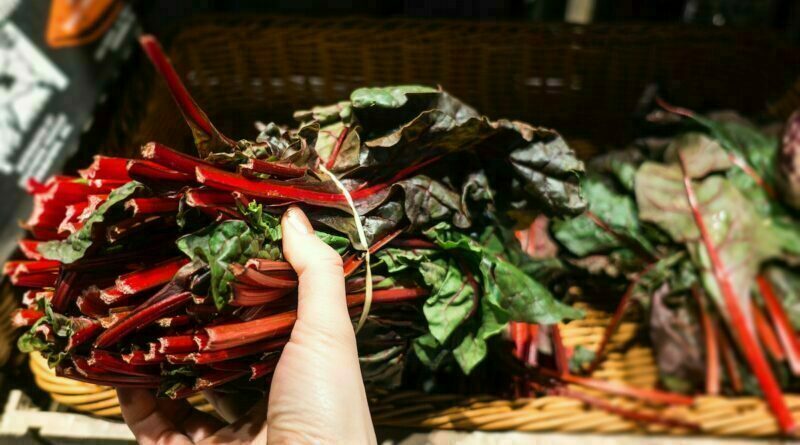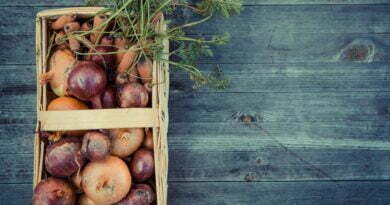The Complete Guide to Growing, Harvesting, and Using Rhubarb in Your Allotment: Health Benefits and Recipe Ideas.
Rhubarb is a unique and versatile vegetable that is often used in sweet and savory recipes. It is a hardy perennial vegetable that is easy to grow in an allotment, making it a popular choice for gardeners. Rhubarb has been cultivated for thousands of years, and is thought to have originated in Asia before being introduced to Europe in the 14th century. It has since become a staple in many cuisines around the world. Here’s a step-by-step guide on how to grow rhubarb in your allotment:
- There are several varieties of rhubarb available, but the most commonly grown varieties are ‘Victoria’ and ‘Timperley Early’. These varieties are hardy and produce good yields. As mentioned earlier, ‘Victoria’ and ‘Timperley Early’ are the most commonly grown varieties of rhubarb, but there are other options available. Some other varieties include ‘Glaskins Perpetual,’ ‘Goliath,’ and ‘Champagne.’ It’s important to choose a variety that is well-suited to your climate and soil type.
- Site Selection: When choosing a site for your rhubarb, look for an area that gets at least six hours of sunlight per day. Rhubarb prefers slightly acidic soil with a pH of 6.0 to 6.8, so it’s a good idea to test your soil’s pH and make any necessary adjustments before planting. If your soil is too alkaline, you can lower the pH by adding sulfur or composted pine needles.
- Planting: Plant rhubarb in early spring, when the soil is moist and temperatures are cool. Before planting, dig a hole that is slightly deeper than the root ball and twice as wide. Add some well-rotted manure or compost to the bottom of the hole, and then place the plant in the hole. Make sure the crown of the plant is level with the soil surface. Backfill the hole with soil and firm it down gently. Water the plant well.
- Care and Maintenance: Once your rhubarb is established, it requires little maintenance. Water regularly during dry spells and weed around the plants to prevent competition. In autumn, mulch the plants with well-rotted manure or compost to protect the roots during the winter.
- Harvesting: You can start harvesting rhubarb in the second year after planting. To harvest, wait until the stalks are about 12-18 inches long, and then cut them close to the base of the plant with a sharp knife. Leave the leaves intact. Do not harvest more than half of the stalks at any one time, as this can weaken the plant. In warmer climates, it’s best to stop harvesting rhubarb in late June or early July to give the plant time to store energy for the next growing season.
Health Benefits of Rhubarb:
Rhubarb is packed with vitamins and minerals, including vitamin C, vitamin K, calcium, and potassium. It is also high in fiber and low in calories. Eating rhubarb can help lower cholesterol levels, aid digestion, and promote weight loss.

Recipe Ideas:
Rhubarb is a versatile vegetable that can be used in a variety of recipes. Here are some ideas:
- Rhubarb Crumble: Peel and chop rhubarb and place in a baking dish. Sprinkle with sugar and top with a crumble mixture made from flour, butter, and sugar. Bake in the oven until golden brown.
- Rhubarb Chutney: Chop rhubarb, onion, and apple and place in a pan with sugar, vinegar, and spices. Simmer until thickened and serve with cheese or meats.
- Rhubarb Compote: Chop rhubarb and place in a pan with sugar and water. Simmer until the rhubarb is soft and serve with yogurt or ice cream.
- Rhubarb Jam: Chop rhubarb and place in a pan with sugar and lemon juice. Simmer until thickened and pour into sterilized jars. Serve on toast or scones.
Growing rhubarb in an allotment can be a fun and rewarding experience. This hardy perennial vegetable is easy to grow and care for, and with a little effort, can produce an abundant crop year after year. In addition to being a versatile ingredient in the kitchen, rhubarb also offers a variety of health benefits, making it a great addition to a healthy diet.
From classic desserts like rhubarb pie and crumble to savory dishes like rhubarb chutney and roasted rhubarb, there are countless ways to use rhubarb in the kitchen. And because rhubarb is so easy to grow, you can experiment with different varieties and recipes to find the ones that work best for you.
Whether you’re an experienced gardener or a beginner, growing rhubarb in your allotment is a great way to add a unique and nutritious vegetable to your harvest. So why not give it a try and see how this versatile vegetable can transform your meals and your garden?




